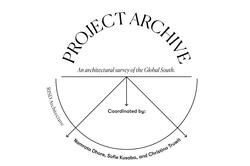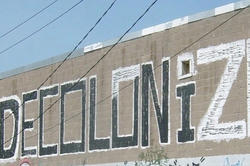Three RISD Architecture students are working to build a more inclusive reference archive that integrates non-European forms.
Architecture, Modernity and the Post-Colonial Narrative

Recently hired Assistant Professors of Architecture Malcolm Rio MArch 15 and Germán Pallares-Avitia are co-teaching Rethinking Modernity and Modern Architecture, a fall seminar exploring how the 19th- and 20th-century built environment of the West was shaped by shifting cultural, economic and political conditions. In a video conversation recently released as part of the Architecture department’s video series welcoming new hires with expertise in racial, social and environmental justice, the two scholars discuss the challenges of teaching architectural history through the lens of decoloniality.
“The goal is to expose students to problematics they will encounter in the real world, rather than presenting architectural theory that’s completely detached from the world they’re living in.”
The goal, says Pallares-Avitia (who is also serving as a fellow in RISD’s Center for Social Equity & Inclusion) is to expose students to “problematics they will encounter in the real world, rather than presenting architectural theory that’s completely detached from the world they’re living in.” Originally from Mexico, Pallares-Avitia focuses his research on modernization, cultural relations and borders. He explores postcolonial and decolonial concepts that refine our understanding of territories, nations, identity and migration as they relate to architecture and urban conditions. In his teaching he hopes to “open a channel for voices from the margins that aren’t normally heard in academia.”
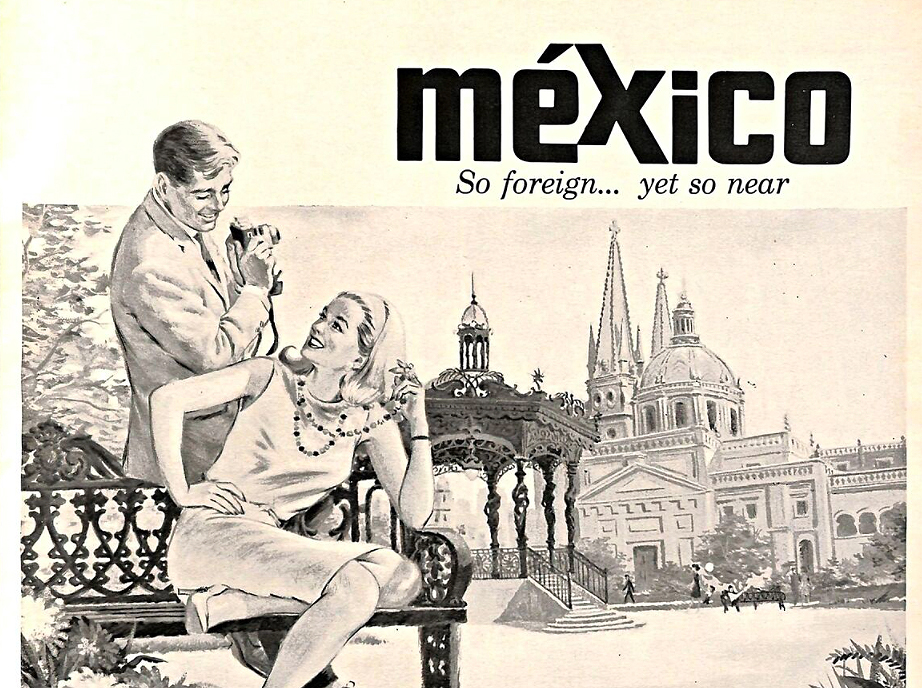
Rio’s practice focuses on the historical intersections of race, sexuality, kinship and nation building in the 18th, 19th and 20th centuries. “RISD students are starting to call out contradictions around meritocracy, equity and universalism,” they say. “How do we redefine these terms in the studio?”
In a Rethinking Modernity and Modern Architecture lecture focused on nationalism and nation building, Rio and Pallares-Avitia put these pedagogical concepts into practice. Pallares-Avitia began by grounding the conversation in present-day politics, revealing how architecture can serve as a powerful political symbol. “The cornerstone of Trump’s 2016 presidential campaign was his ‘build the wall’ rhetoric, which courted disappointed Americans and served to polarize society and promote an us versus them [mentality],” he explained.
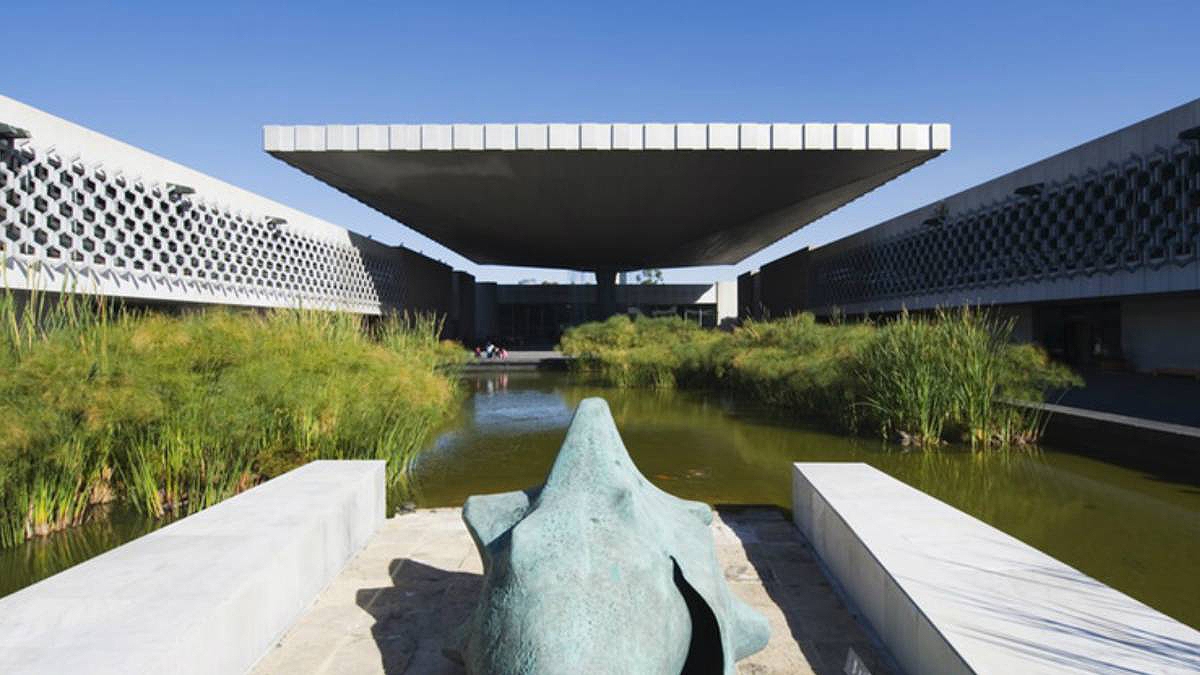
Pallares-Avitia went on to consider how the US-Mexico border has played into politically motivated narratives promoting white, heteropatriarchal tourism and “constructing a homogenized Mexican identity for export. This whitening of Mexican culture and erasure of Indigenous and African groups that helped to form it,” he explained, was played out in colonial architecture adopted by the Mexican government in the 1960s and in the design of cultural museums, including the Museo Nacional de Antropologia e Historia.
Rio also spoke about architecture as a means of promoting national identity, citing as an example Virginia’s neoclassical state capitol, which was erected by Thomas Jefferson and modeled after The Maison Carrée in Nîmes, France. “The capitol was built using slave labor,” they pointed out, “belying the ideas it was meant to represent.”
“The [Virginia state] capitol was built using slave labor, belying the ideas it was meant to represent.”
They went on to consider the 1893 World’s Columbian Exposition in Chicago, which was designed by Frederick Law Olmsted and considered “a model of classical taste. The exposition glorified the progress and development of the Western world and presented the US as the apex of pan-American culture and the superior protector of the Western hemisphere,” they noted.
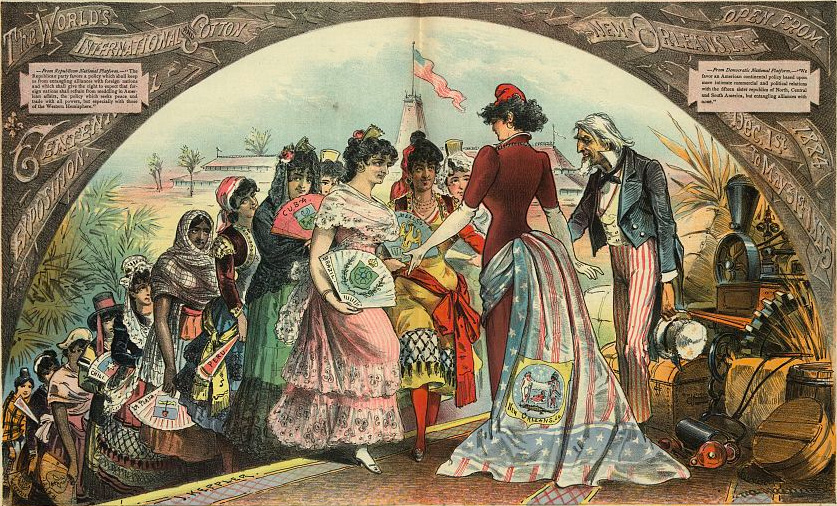
One of the readings assigned for the course was a piece by Architecture Department Head Amy Kulper, who sat in on the class and helped to field student questions. Her article for the Journal of Architectural Education examines the role of the built environment in the January 6, 2021 attack on the US Capitol Building. Kulper commented on the “presentist phenomenon” in which people are unable to see current events as part of a historical arc, and what she described as former President Trump’s “tyranny of intimacy” using social media to monopolize the nation’s attention and manipulate its reactions to his administration’s policies.
The class ended with a discussion of the Architecture department’s changing pedagogical focus from the practice of design to the design of practice. As Rio says, “It’s time to talk about what is intentionally being left out or adulterated. There are dark histories we need to reconcile with [if we want] to hold the profession of architecture accountable.”
—Simone Solondz
October 28, 2021
